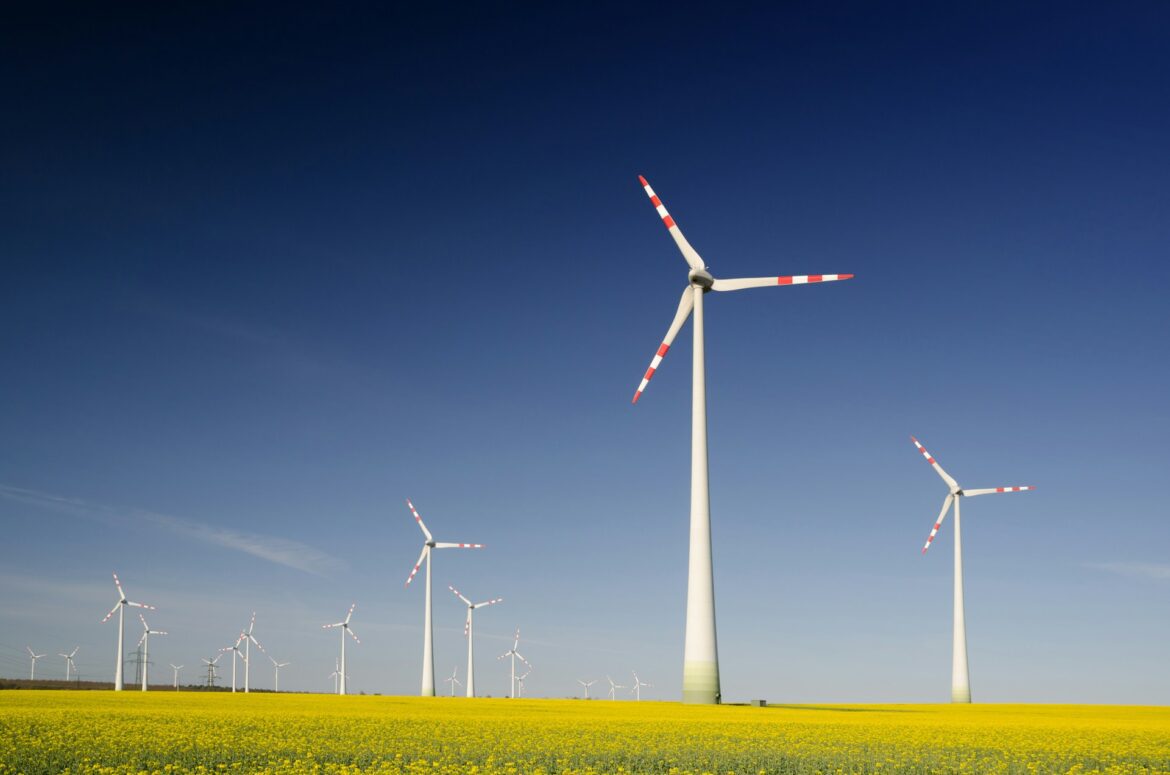The U.S. Renewable Energy Sector Prioritizes Grid Resilience in 2024
Accelerating the Transition to Clean Energy
As the United States continues its journey towards an environmentally sustainable future, the renewable energy sector is placing a greater emphasis on enhancing grid resilience in 2024. This year signifies a critical juncture in the transition to clean energy resources, particularly as reliance on solar and wind power increases. Utilities and energy developers are actively deploying innovative technologies aimed at maintaining stability and reliability of the electric grid, which is pivotal for the nation’s energy ecosystem.
The Need for Resilience
In 2023, renewable energy sources accounted for approximately 28% of the total electricity generation in the U.S., marking a rise from the previous year’s contribution of 25%. This upward trend indicates a growing dependence on renewable energy, but it also introduces new challenges for grid management. As periods of high demand or variable output become more frequent, ensuring grid stability has grown into a pressing priority. According to energy policy expert Tom Nguyen, “Grid resilience is the linchpin of a successful energy transition. We need infrastructure that can handle fluctuations in supply and demand.”
Battery Storage Expansion
Energy storage systems are emerging as a vital element for balancing the supply of renewable resources with fluctuating electricity demand. As renewable energy generation is often intermittent, the capacity to store surplus energy during peak production can mitigate grid strains. Leading developers, such as Tesla and Fluence, are increasingly investing in large-scale battery installations. These projects aim to enhance the ability to harness surplus energy and deploy it efficiently during peak usage times, ensuring a more consistent energy supply.
Smart Grid Technologies
To further bolster the reliability of the energy grid, utilities are investing significantly in smart grid technologies. These advanced systems incorporate cutting-edge sensors and automated processes that enhance real-time monitoring and management of electricity flow. With the implementation of smart grid technologies, utilities can respond more swiftly to outages, optimize energy distribution, and enhance overall grid efficiency. This shift not only increases resilience but also allows for better integration of diverse energy sources.
Federal Support
The U.S. federal government is recognizing the importance of grid modernization in its policy strategies. The Biden administration’s infrastructure plan allocates $10 billion specifically for projects aimed at enhancing grid resilience. This funding addresses a variety of challenges, including aging infrastructure and the limitations of existing transmission capacities. By actively financing these initiatives, the government is laying the groundwork for a more robust, efficient energy grid suitable for future demands.
A Year of Transformative Change
With 2024 projected to be a pivotal year for the U.S. renewable energy sector, the concerted efforts toward building a resilient energy grid are crucial. The integration of advanced technology, federal support, and sustainable practices together promise a comprehensive approach to energy management. As utilities and developers embrace innovative solutions, the potential for achieving a more stable and reliable energy landscape emerges on the horizon.
Conclusion
In summary, the U.S. renewable energy sector is prioritizing grid resilience in 2024 as part of a broader commitment to achieve a reliable clean energy future. With a rising share of renewable sources contributing to electricity generation, the emphasis on effective grid management becomes critical. Through advancements in battery storage, the implementation of smart grid technologies, and substantial federal investments, the foundation for a more resilient energy grid is being established. These initiatives not only pave the way for the future of energy in the United States but also serve to safeguard the environment and energy security for generations to come.
FAQs
What is grid resilience?
Grid resilience refers to the ability of the electricity grid to withstand disruptions, whether natural or man-made, while maintaining continuous service and quickly recovering from outages.
Why is grid resilience important for renewable energy sources?
As reliance on variable renewable energy sources like solar and wind increases, grid resilience ensures that the grid can manage fluctuations in energy supply and demand effectively, preventing outages and blackouts.
How do battery storage systems contribute to grid resilience?
Battery storage systems store excess energy produced during peak generation times and can release it back into the grid during periods of high demand, helping to balance supply and demand while maintaining grid stability.
What role does the federal government play in enhancing grid resilience?
The federal government plays a key role by providing funding, resources, and policy support for grid modernization projects, enabling utilities and developers to implement the necessary technologies for resilience.
What technologies are considered part of smart grid systems?
Smart grid systems utilize advanced sensors, automated control systems, real-time data analytics, and communication technologies to enhance the management of electricity flow, improve outage response, and increase overall grid efficiency.

